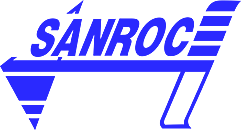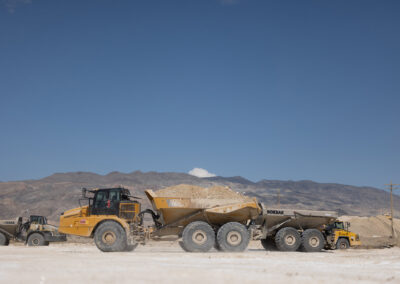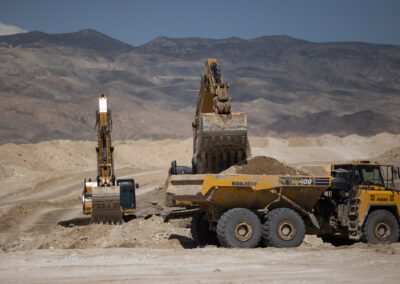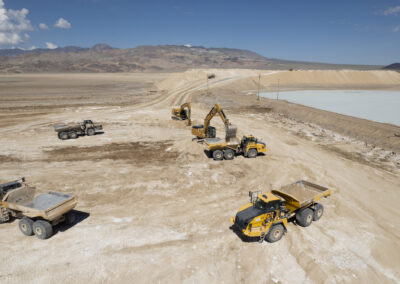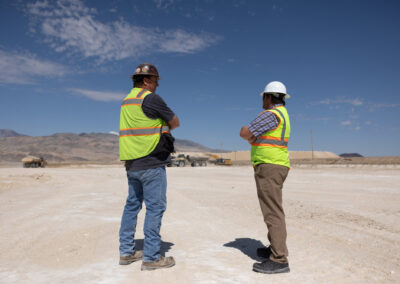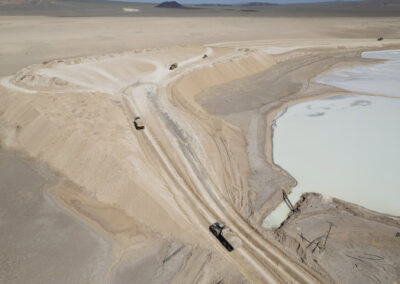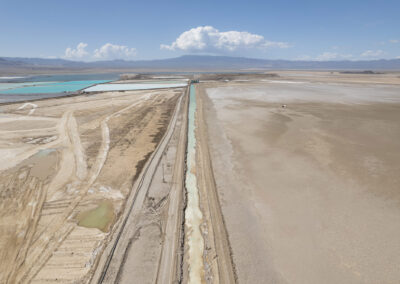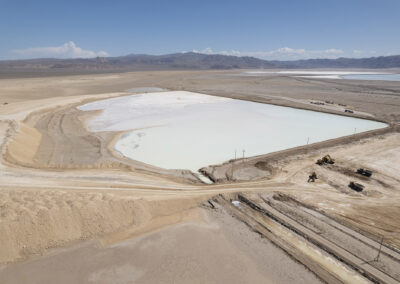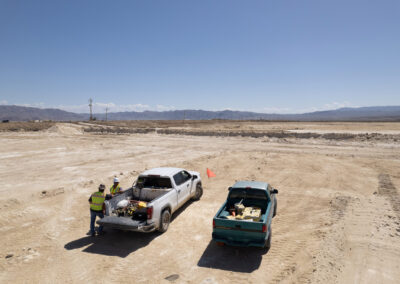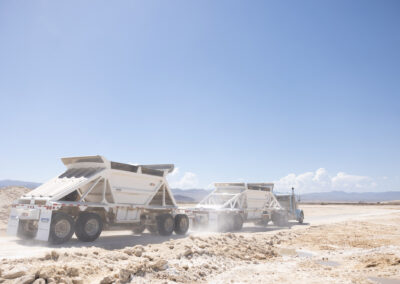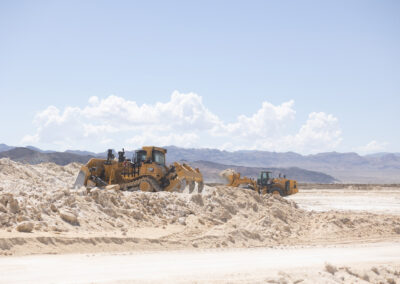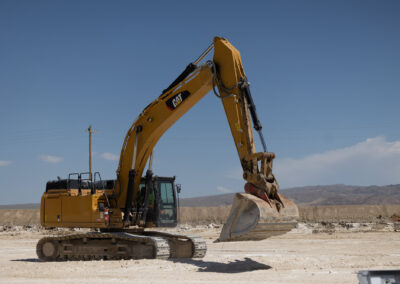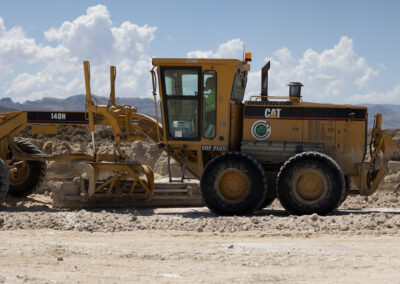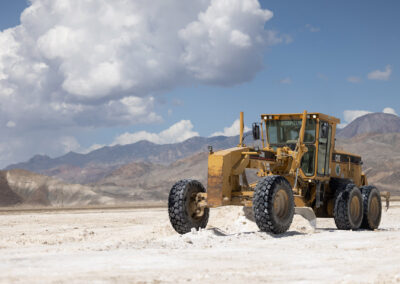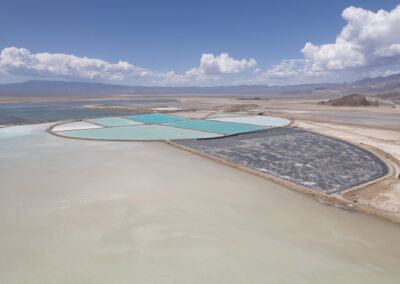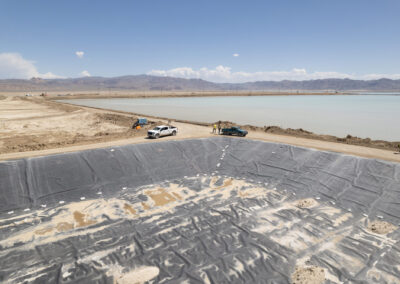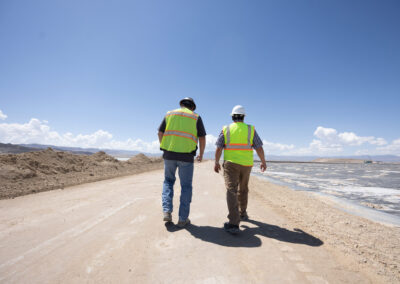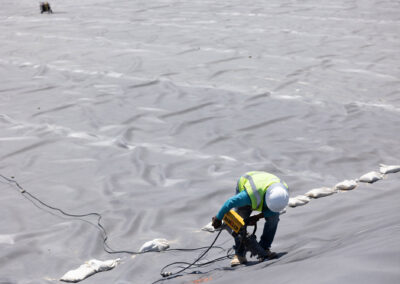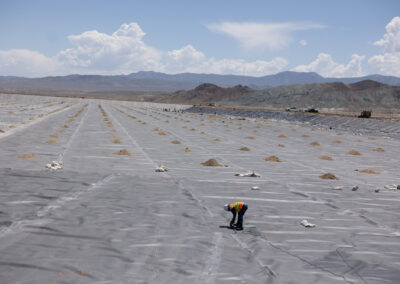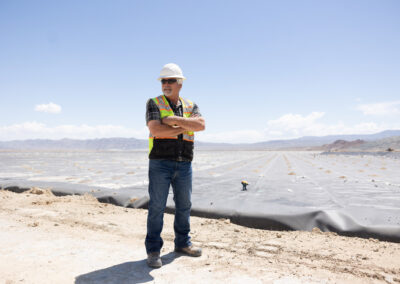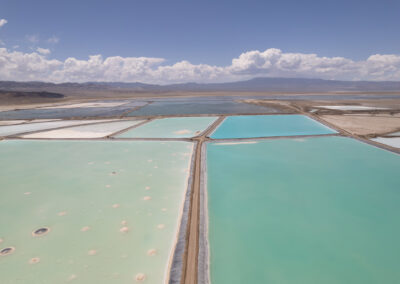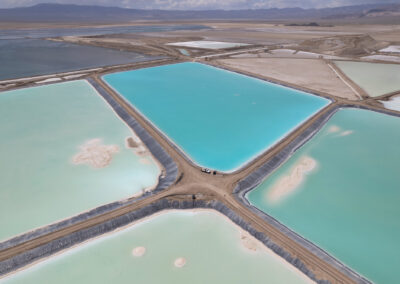Excavating: Unearthing Earth’s Treasures
Excavation forms the very essence of mining operations. It involves the physical removal of overburden, soil, rock, and other materials to expose the ore body hidden beneath the surface. This process requires an intricate understanding of geological formations, as well as a range of sophisticated machinery and techniques to ensure safe and efficient extraction. Depending on the characteristics of the deposit, open-pit mining or underground mining methods may be employed.
In open-pit mining, large areas are dug to extract valuable minerals. Massive equipment, such as trucks, shovels, and bulldozers, is employed to move substantial volumes of earth. The scale of these operations is awe-inspiring, as these man-made caverns can span vast distances and depths. However, this method is heavily reliant on proper grading and contracting work to ensure the stability of slopes and the overall safety of the excavation site.
Grading: Shaping the Terrain for Efficiency and Safety
Grading is the process of shaping the land surface to ensure safe and efficient mining operations. It involves contouring the terrain, leveling surfaces, and creating appropriate drainage systems. Grading is essential to prevent soil erosion, manage water runoff, and create stable platforms for heavy machinery and equipment. Moreover, well-executed grading promotes the safety of workers and equipment, reduces the risk of accidents, and minimizes the environmental impact of mining activities.
In the mining industry, effective grading requires a combination of engineering expertise and advanced machinery. Bulldozers, graders, and excavators are often used to reshape the land according to specific design plans. Precision is paramount in grading to ensure that slopes are stable, water flows are managed, and the overall environment is preserved as much as possible. Moreover, proper grading is integral to preventing landslides, erosion, and other natural disasters that could result from the alteration of the landscape.
Contracting Work: Collaborative Efforts for Mining Success
The scale and complexity of mining operations often necessitate collaboration between various specialized entities. Contracting work in the mining industry involves engaging third-party companies or professionals to provide specific services, equipment, or expertise. These contractors can range from construction firms that build access roads and infrastructure to drilling companies that help identify mineral deposits. By outsourcing certain aspects of mining operations, companies can focus on their core competencies while leveraging the skills and resources of specialized contractors.
Contractors in the mining industry are tasked with various responsibilities, such as exploration, drilling, blasting, transportation, and site maintenance. Their involvement often depends on the type of mineral being extracted, the geological characteristics of the deposit, and the overall scope of the project. A well-structured contract ensures that all parties understand their roles, responsibilities, and expectations, fostering a collaborative environment that enhances the efficiency and success of mining operations.
Equipment List:
– Wheel loaders: Kawasaki 95Z, CAT 972H, CAT 966G, Case 721B
– Excavators and Backhoe: CAT 329FL, CAT 325CL. CAT 325C, CAT 320BL, CASE CX250C, CAT 416C
– Motor graders: CAT 14M, CAT 140M, CAT 16G
– Dozers: CAT D10N, CAT D8R, CAT D9H
– Water Trucks: (3) – 4000 gal.
– Truck Tractors: (10) – Peterbilts, KW’s, Internationals
– Belly Dump Trailers: (15)
– Side Dump Trailers: (5)
– 10-Wheel Dump Trucks: (3)
– Fuel/Lube Trucks: (2)
